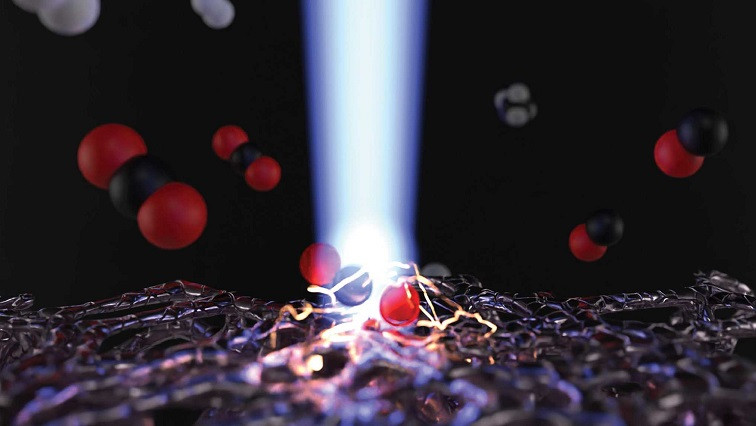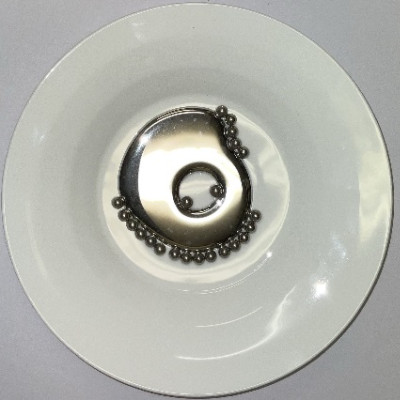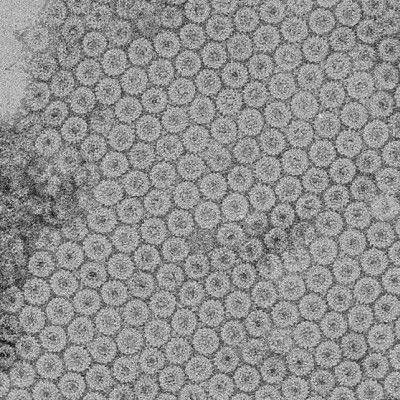These truly-scalable advanced materials create a unique plasmonic environment, characterized by a high local density of optical states and an exceptional concentration of hotspots. This enables the efficient localization of light in ultra-small volumes, enhancing the catalytic process.
In their study, they successfully demonstrated the catalytic conversion of CO2 into carbon monoxide and methane—valuable chemical building blocks with potential applications in the production of e-fuels. The approach also offers the ability to fine-tune catalytic selectivity by adjusting the chemical composition of the plasmonic network, providing new opportunities to optimize and scale catalytic reactions across a variety of applications.
The research is now published and featured on a cover of the current issue of Nano Letters.
Read the original article on ETH Zurich.







